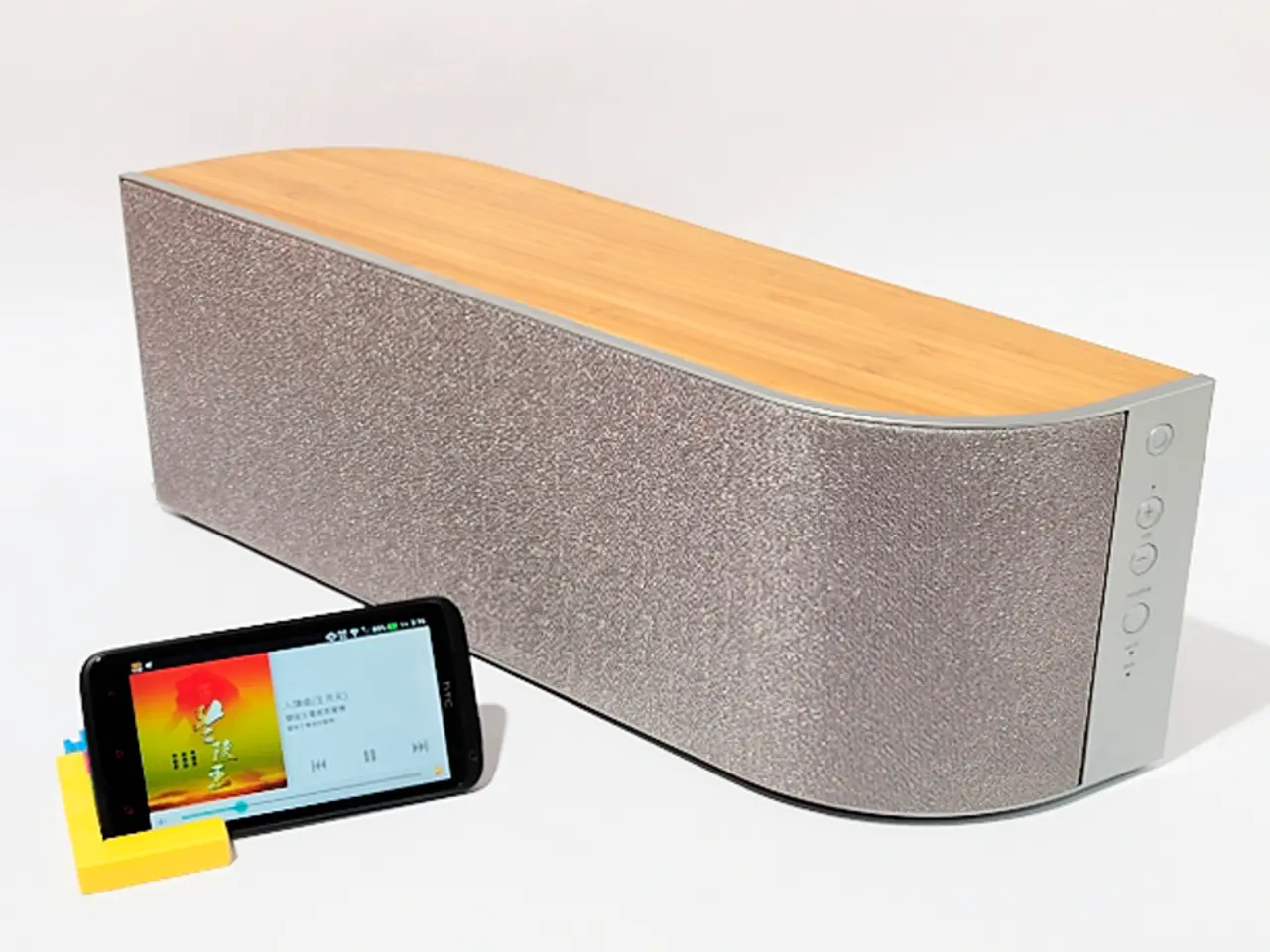Effortlessly Link Your Mobile Device to Your Home Cinema Setup
In today's digital age, smartphones have become a versatile tool for entertainment, serving as both a screen and a remote control for home theater systems. For iPhone users, AirPlay is often the go-to option for screen mirroring, while Android devices can use Google Cast or other compatible apps to mirror their screens onto a smart TV or projector.
Connecting your phone to a power source while using screen mirroring can help mitigate rapid battery depletion. However, it's essential to remember that screen mirroring can drain your phone's battery faster, so it's a good idea to monitor your battery status while using the feature.
When it comes to enhancing the audio and video quality when connecting a smartphone to a home theater system, there are several key areas to focus on.
### Audio Optimization
To create an immersive audio experience, use the right codec. AC3 (Dolby Digital) audio is ideal for home theaters as it supports 5.1 surround sound. AAC offers better compression and broad compatibility but is more targeted at streaming and mobile devices.
When connecting wirelessly, select a mode that prioritizes sound quality rather than connection stability or low latency. For example, Sony's WH-1000XM6 headset app offers a mode called “Prioritize Sound Quality” which maximizes audio fidelity, though it may reduce battery life.
To record high-quality audio on your smartphone, record in a quiet environment, stay close to the microphone, and use accessories like windscreens to reduce distortion outdoors. For improved voice clarity, use an external mic like the Insta360 Mic Air, which connects wirelessly and captures clean sound.
### Video Optimization
To ensure smooth and high-quality video playback, use hardware-accelerated video players that support multiple formats (MP4, MKV, etc.) for better battery efficiency. Players optimized for high frame rates (60fps+) prevent stuttering and maintain video fluidity.
If streaming from your smartphone, use apps or players supporting adaptive bitrate streaming (DASH, HLS) to maintain smooth, high-quality video depending on network speed.
To avoid shaky footage on a large home theater screen, use a gimbal or steady your hands/elbows when recording.
### Connection Tips
For wired connections, connect your smartphone to the home theater system via HDMI (using adapters if necessary) or high-quality audio cables to ensure minimal loss of signal quality. Before attempting to connect your phone, check the specifications of your home theater system to ensure compatibility.
Chromecast or AirPlay allows for seamless streaming from smartphones to home theater systems that are compatible, particularly effective for streaming video content. Bluetooth technology allows for easy pairing of devices, making it suitable for streaming music and audiobooks without any cords involved. A standard 3.5mm auxiliary cable can be used to focus on audio only when connecting a smartphone to a home theater system.
By combining these approaches—selecting appropriate codecs, ensuring stable and high-quality connections, recording or streaming with quality-oriented settings, and using accessories to reduce noise and stabilize footage—you can substantially enhance both audio and video quality when connecting your smartphone to a home theater system.
In conclusion, connecting a smartphone to a home theater system can significantly improve your viewing and listening experience. By following these tips, you can ensure that your favourite movies, shows, and music sound and look their best on your home theater setup.
When connecting your smartphone to a home theater system, prioritize audio optimization by using AC3 (Dolby Digital) codec for immersive 5.1 surround sound. For video optimization, use hardware-accelerated players that support multiple formats for better battery efficiency and high frame rates to prevent stuttering. Additionally, enhancing the sound and video quality can be achieved by using gadgets like gimbals and external microphones, and by selecting wired connections like HDMI for minimal signal loss.




